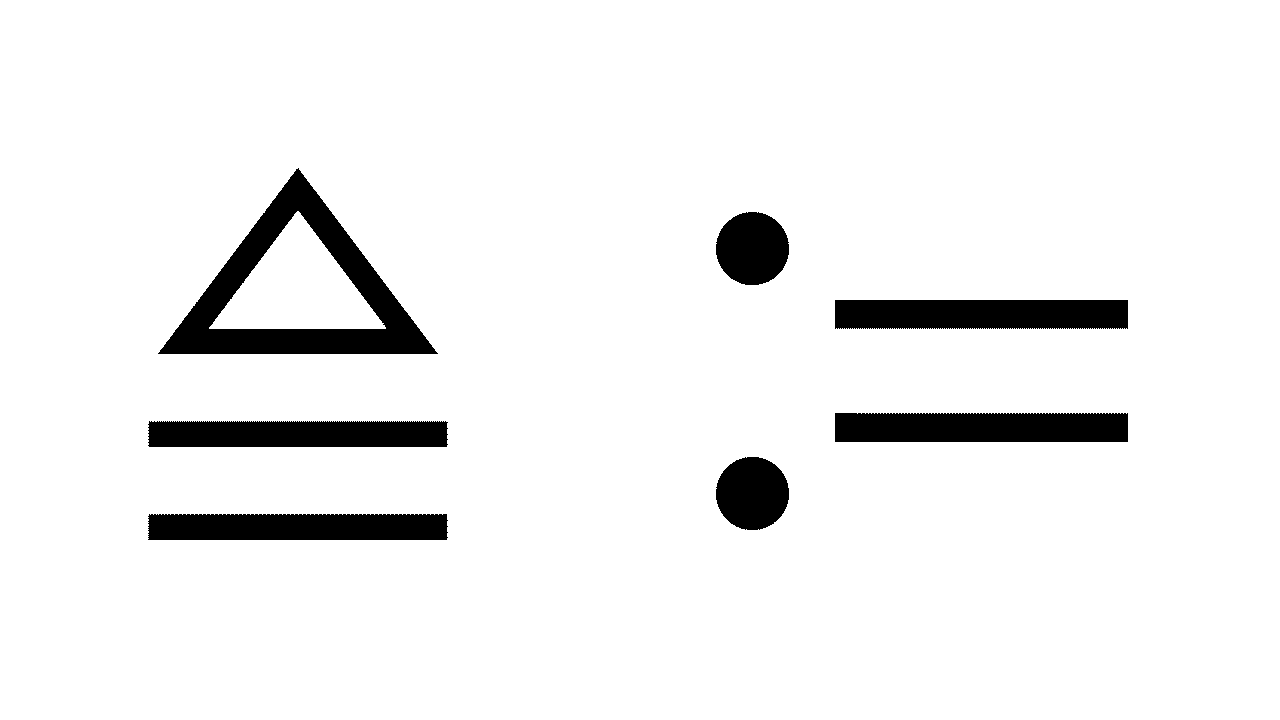

Addressing the issue of representation within institutions also involves addressing the gender dimension of the organisational structures and the working procedures. Gender mainstreaming is as much about addressing gender inequalities in society through policies, as it is about the organisations’ own ways of working. Learn more about women’s representation in the main EU policy areas Policies benefit from diverse perspectives: a more balanced representation of both sexes would bring in different experiences that may improve the decision-making process and overall results. When there is an unbalanced participation of women and men in the planning and decision-making processes on policy actions, this may affect the outcomes that impact both women and men. In the field of education, women are overrepresented as teachers at the levels of primary and lower secondary education, but their representation within decision-making positions is rather low, especially in tertiary education.

They are generally employed in lower-skilled jobs (primarily in administration and communication), while more skilled and better paid jobs are primarily held by men. For instance, women are underrepresented in the renewable energy sector (22.1 % of the workforce). The representation of women and men working in different policy areas varies across policy sectors and according to the type of work or functions. By collecting information on the representation of both sexes as users/beneficiaries, the policy measures can be better targeted and their effects on different groups better estimated. Yet, compared to men, they are significantly underrepresented in decision-making positions. Women are beneficiaries of EU policies to the same extent as men.


 0 kommentar(er)
0 kommentar(er)
